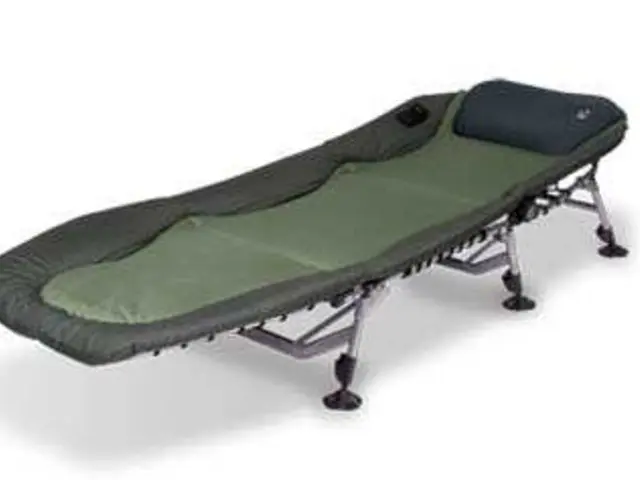Deadly Thrill Ride: The Roller Coaster Engineered to End Lives of Passengers
In the realm of artistic and engineering thought experiments, one design has sparked both fascination and controversy – the Euthanasia Coaster. This hypothetical roller coaster, designed by Lithuania-born engineer and artist Julijonas Urbonas, is not an operational amusement ride anywhere in the world.
The Euthanasia Coaster, if built to scale, would send riders plummeting down a near-vertical 1,640-foot drop, subjecting them to seven consecutive loops and sustained 10 G-forces for a full minute. This design, inspired by real-life euthanasia methods, aims to cause cerebral hypoxia and death through excessive gravitational forces.
The concept, however, does not have a formal legal status or specific legislation addressing it in any country. It remains a fictional design and hence is not regulated or legalized anywhere. The Euthanasia Coaster serves more as a conversation starter on ethical and philosophical issues related to euthanasia rather than practical or legal realities.
In the world of law, physician-assisted suicide is a topic of debate. As of now, it is legal only in six European countries and seven U.S. states. The process requires patients to be in the final stages of a terminal illness and prove they are experiencing unbearable pain.
The Euthanasia Coaster, as a concept, pushes these boundaries, raising questions about the right to die, the role of technology in death, and the ethical implications of engineering a device for the purpose of taking a life.
In 2021, a TikTok video explaining the Euthanasia Coaster went viral, renewing interest in the concept. However, it's important to note that the intention behind the design was not to convince people it would be built but to make people think about sensitive issues.
The fictional short movie "H Positive," created by film director Glenn Paton, explores these themes further. It tells the story of a man who commissions the construction of an elaborate machine to take his life and seal his worldly fame. The man is portrayed as selfish and unwilling to relinquish control, even to death.
While the Euthanasia Coaster remains just a concept and has not been built, it continues to spark conversations and challenge our perceptions of death and the right to choose. As technology advances, it's a reminder that we must continually revisit and redefine our ethical and philosophical boundaries.
Read also:
- Kobo e-readers are no longer receiving support from Pocket moving forward
- 17 Tech Gadgets and Add-Ons Permanently Taking Up Space in My Mental Realm
- 2022 Feature on our site: Leading U.S. Computer and Electronic Equipment Manufacturers (Presented in a Slideshow)
- Top-tier Gaming PC Configuration Available for ₹90,000 in August 2025






